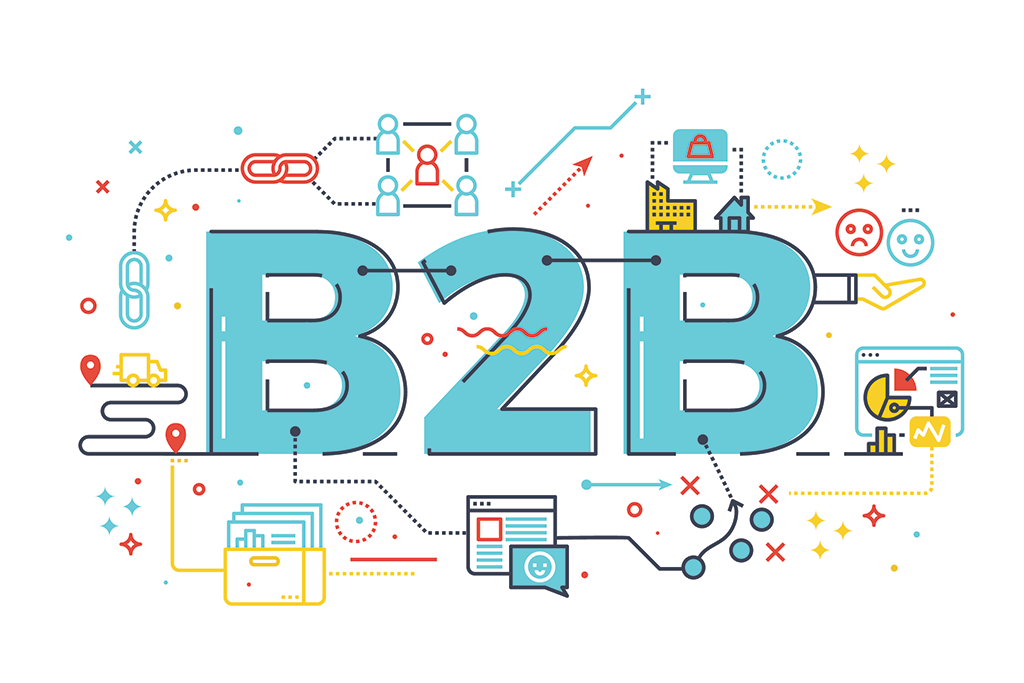B2B Website Fundamentals

Introduction
B2B companies are different from B2C websites in the kind of customers, buying process involved, price points and more. Websites are built with these considerations in mind for efficient marketing. Read further to dive deep into the fundamentals of B2B websites.
Business-to-Business (B2B) companies operate in a marketing landscape that is very different than Business-to-Consumer (B2C) firms. :
- Their customers are people buying on behalf the firms that they work in.
- The buying process is more complex and involves multiple decision makers.
- The price points are generally much higher (1,000s to 100,000s).
- There is always a significant opportunity to sell additional products and thereby expand the revenue from a customer.
- A buyer at a smaller firm typically purchases less than a buyer at a larger company.
These considerations impact the marketing process in significant ways and consequently, how websites are designed to support the marketing efforts. It is useful to think of the website needs from two perspectives: Marketing Objectives and Customer Personas.

Lead Generation: The primary goal is to get a prospect to do an action: subscribe to newsletter, download a whitepaper, buy a product. To enable this, the site has to be fast, precise and focused on converting the user with minimal distraction.
Customer Growth: The goal here is to typically up-sell and cross-sell a customer. To enable this, the site has to display solutions relevant to the user based on their purchase history. The emphasis here is more of a browsing experience rather than immediate conversions.
Buying Cycle: B2B buyers rarely do impulse buys. Their purchases involve research, comparing alternatives, shortlisting options, trying out the products and then purchasing. The site has to be intelligent in this regard and nudge them along the buying cycle.
Company + Industry Characteristics: A buyer at a smaller firm typically purchases less than a buyer at a larger company. B2B products also tend to be customized for customers in different industries. The site has to be aware of these nuances and personalize the visitor experience rather than a generalized experience for all visitors.
How are B2B Sites Different
Given the large order sizes, B2B sites have to be much more sensitive to the overall context of a visitor: the company they work in, their buying stage or a new vs. existing customer. This means that the website personalization needs are much more intense.

To achieve this, the sites have to built on robust content management systems and also designed in a component-driven manner. Building components such as products, promotions, newsletter signups, e-book downloads allow for a modular development of pages. Such modularity also facilitates robust experimentation (A/B and multivariate tests) to see what is working well.
The B2B marketing tech ecosystem is quite extensive and covers a wide range: analytics, experimentation, personalization, attribution, marketing automation and account-based marketing. Familiarity with this ecosystem is important, to make sure the website plays well with all of them. Although most of them are robust SaaS products that require minimal pixel tracking or javascript embeds, deep integration with them will deliver great results.
For some of our B2B site work, you can hop over here.